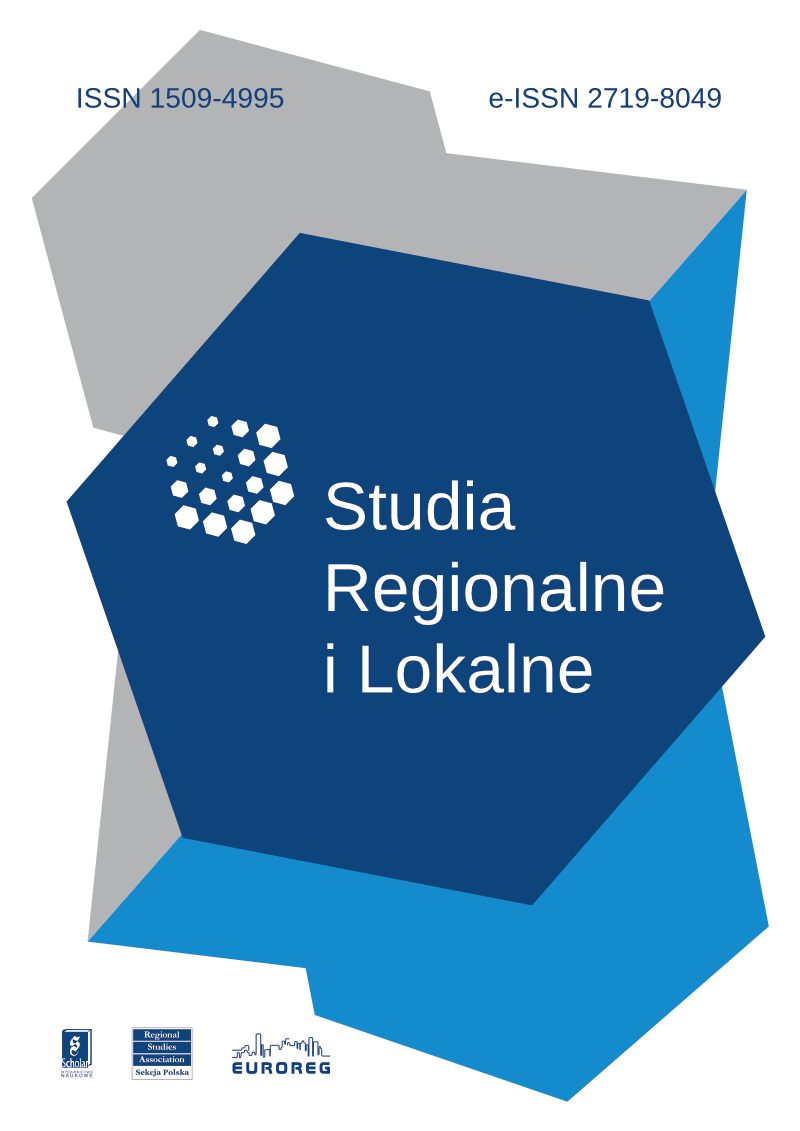Published in
5(Special Issue)/2011 (no guest editor)

- Maciej Smętkowski, Adam PłoszajLarge Polish cities – development challenges in the context of public intervention of EU Cohesion Policy 2004?2006[more]
- Maciej SmętkowskiInteractions between EU Cohesion Policy and competitiveness of large Polish cities[more]
- Adam PłoszajCohesion Policy as a tool to stimulate cooperation between cities – the example of INTERREG and URACT in Poland[more]
- Katarzyna WojnarThe impact of Cohesion Policy on social cohesion of Polish cities – conclusions of evaluation studies[more]
- Adam PłoszajRevitalization of Polish cities in Cohesion Policy 2004?2006[more]
- Dorota Celińska-JanowiczEvaluation of the impact of Cohesion Policy 2004-2006 on counteracting the negative effects of suburbanization processes[more]
- Maciej SmętkowskiThe impact of EU Cohesion Policy on diffusion of development processes in the regional surroundings of large Polish cities[more]
- Marek KozakThe impact of structural funds on the development of Zielona Gora[more]
- Andrzej MiszczukThe impact of EU projects on Lublin competitiveness and diffusion of development processes in its surroundings[more]


